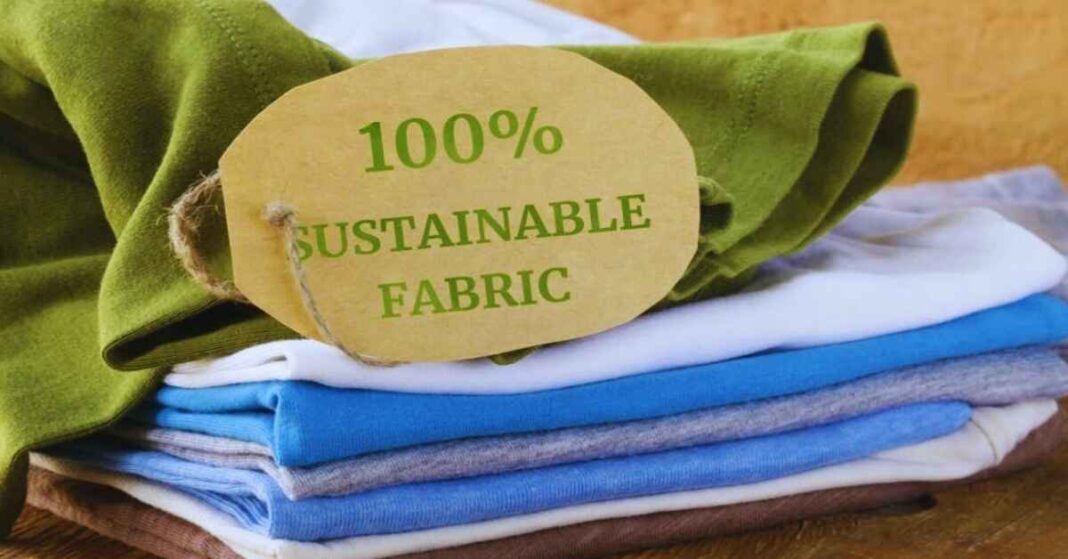Sustainability is no longer just a buzzword. In a world that’s striving to reduce our footprint on our planet, it is indispensable. The fashion and textile industry is a major culprit of environmental damage, with its massive water and waste output, as well as its reliance on synthetic materials made with fossil fuel derivatives. A list of Sustainable fabrics are a crucial part of the solution. What are sustainable fabrics and how can you incorporate them into your lifestyle?
Sustainable fabrics are textiles that are made using less impact on the environment. They can be organic, renewable, biodegradable and recycled. Choosing eco-friendly fabrics is one of the best ways to reduce waste, carbon emissions and improve ethical production practices.
In this article you will find a list of sustainable fabrics with their features. Hopefully by the end of it you will have a better idea why these fabrics are so important for our green future.
Table of contents
- A List of Sustainable Fabrics and Their Features
- Hemp: Strong and Durable
- Linen: Lightweight and Long-Lasting
- Tencel (Lyocell): Low-Impact Production
- Bamboo: Soft and Biodegradable
- Recycled Polyester: Reducing Plastic Waste
- Piñatax: Innovative and Cruelty-Free
- Econyl: Regenerated Nylon
- Soy Fabric: A Plant-Based Alternative
- Cork Fabric: Water-Resistant material in the list of Sustainable fabrics
- The Importance of Sustainable Fabrics in Fashion
- How to Identify Sustainable Fabrics in the Market
- Conclusion: Choosing the Best Sustainable Fabrics for a Greener Future
The clothing industry is a major contributor to worldwide pollution, with most fabrics being manufactured in a harmful way. Synthetic fabrics, such as polyester and nylon, are made out of petroleum and can take hundreds of years to decompose in landfills. In addition, they release microplastics in water systems, harming marine life when washed.
In contrast, sustainable fabrics offer several benefits:
- They are often made from renewable resources.
- Sustainable textiles use less water and energy during production.
- Many eco-friendly fabrics are biodegradable or recyclable.
- They support ethical labor practices and fair trade.
Among other benefits, the use of sustainable fabrics can lead to a more balanced and ethical consumer lifestyle while simultaneously boosting the health of our planet.So, without further ado, let’s take a look at the fabrics and their features to bring us closer to a more sustainable fashion future.
A List of Sustainable Fabrics and Their Features
Organic Cotton: Natural and Breathable
Organic cotton is probably the most widely recognised sustainable fabric. It’s grown without the use of harmful pesticides or artificial fertilisers, so it’s better for the environment and the farmers growing it. Organic cotton uses less water than conventional cotton and it’s biodegradable.
Key Features:
- Breathable and hypoallergenic
- Free from toxic chemicals
- Requires less water and energy in production
- Biodegradable, reducing long-term environmental impact
Moreover, organic cotton can often be just as versatile as conventional cotton and is a staple in ethical fashion.
Hemp: Strong and Durable
Hemp is one of the oldest fabrics in the world, and is a modern-day eco-fabric grown with virtually no water, using no pesticides and enriching the soil it is grown in. It is one of the most durable natural fibres and, as a result, clothes made from it last for decades.
Key Features:
- Extremely durable and long-lasting
- Grows quickly and enriches the soil
- Requires minimal water and no pesticides
- Naturally UV-resistant and anti-bacterial
Hemp’s fibres are strong in the list of sustainable fabrics and have a neat, even texture that makes the material suitable both for clothing and for industrial uses. It’s a green alternative to other significant fabrics that require more resources.
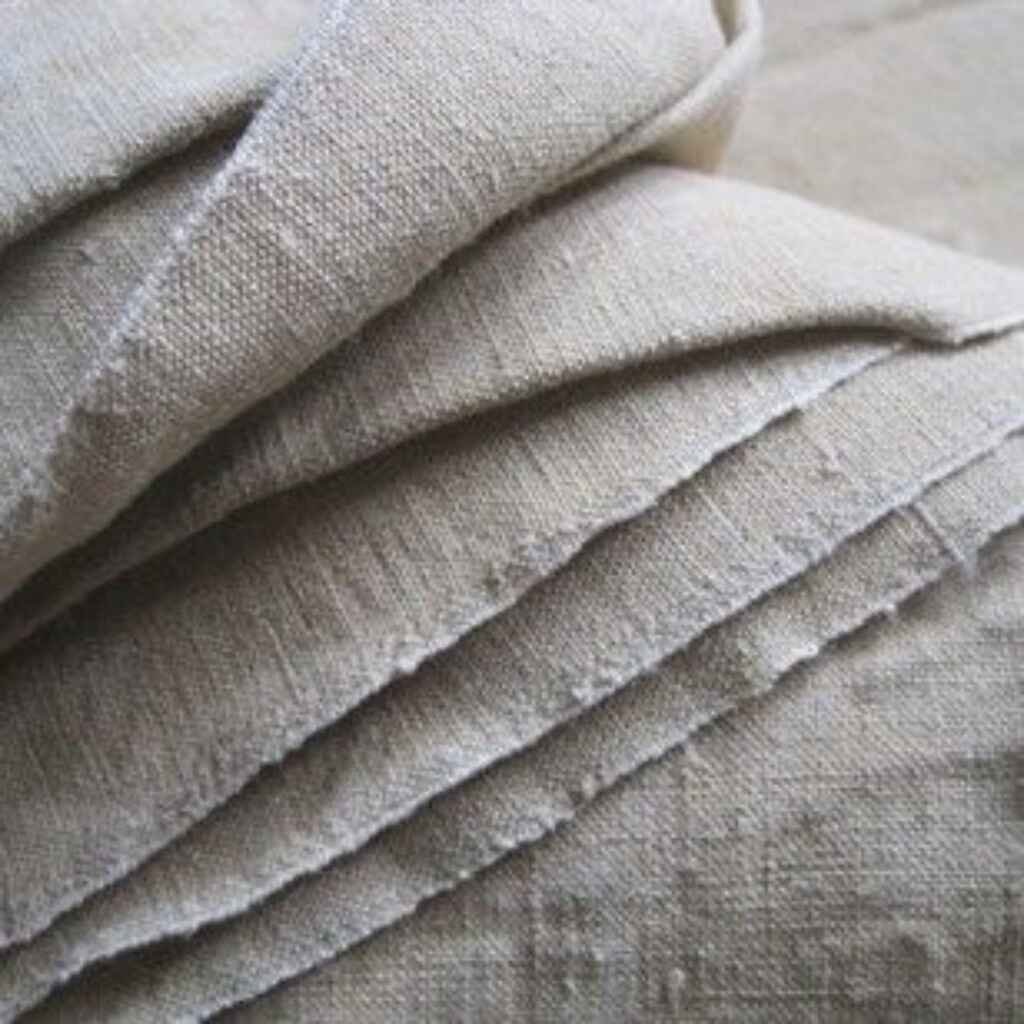
Hemp fabric offers unmatched strength and durability, making it an ideal choice for sustainable textiles. Linen: Lightweight and Long-Lasting
Made from flax, linen is another eco-friendly fibre and sustainable fabric that’s cool, comfortable and hardwearing. Like hemp, flax is a low-input crop that requires little water and no pesticides. It’s a particularly great material for hot climates, since it pulls water away from the body and releases it into the air as it dries.
Key Features:
- Highly absorbent and breathable
- Naturally biodegradable and recyclable
- Grows with minimal resources
- Becomes softer with every wash, increasing longevity
Linen (in all its hues) is a staple of care-free summer wardrobes because it is lightweight and cool to the skin.
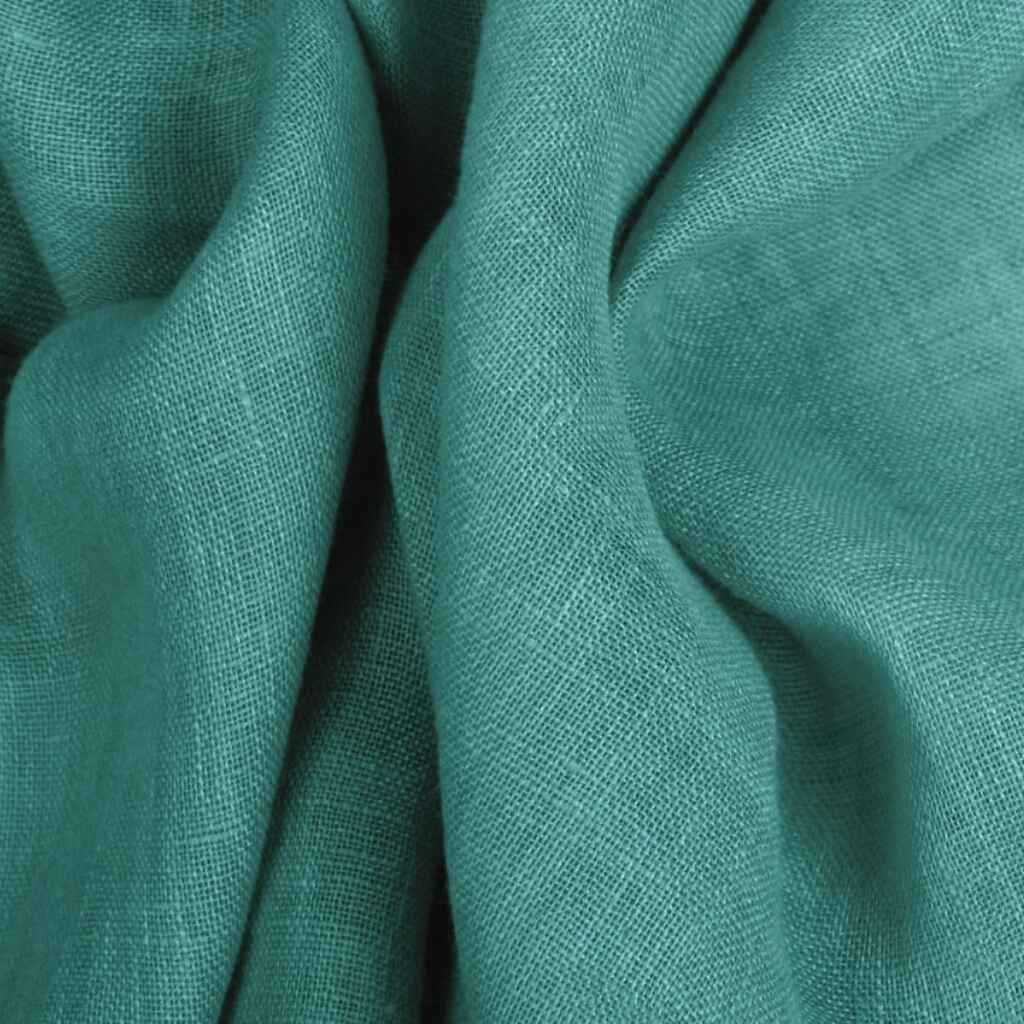
Discover the lightweight and long-lasting qualities of linen, perfect for warm weather clothing and home decor. Tencel (Lyocell): Low-Impact Production
Bamboo fabric is made from the plant’s pulp and can grow to be more than three feet tall in less than a month without the use of pesticides or fertiliser, which makes bamboo one of the most sustainable plants in the world. Bamboo can be processed into a soft, silky cloth resembling silk or cashmere – a favourite of sustainable fashion.
Key Features:
- Soft and silky texture
- Naturally hypoallergenic and breathable
- Grows rapidly and without harmful chemicals
- Biodegradable and eco-friendly
But it should be pointed out that bamboo production into different textiles is often accompanied by the use of chemical agents, so look for certifications that guarantee that it has been sustainably processed.
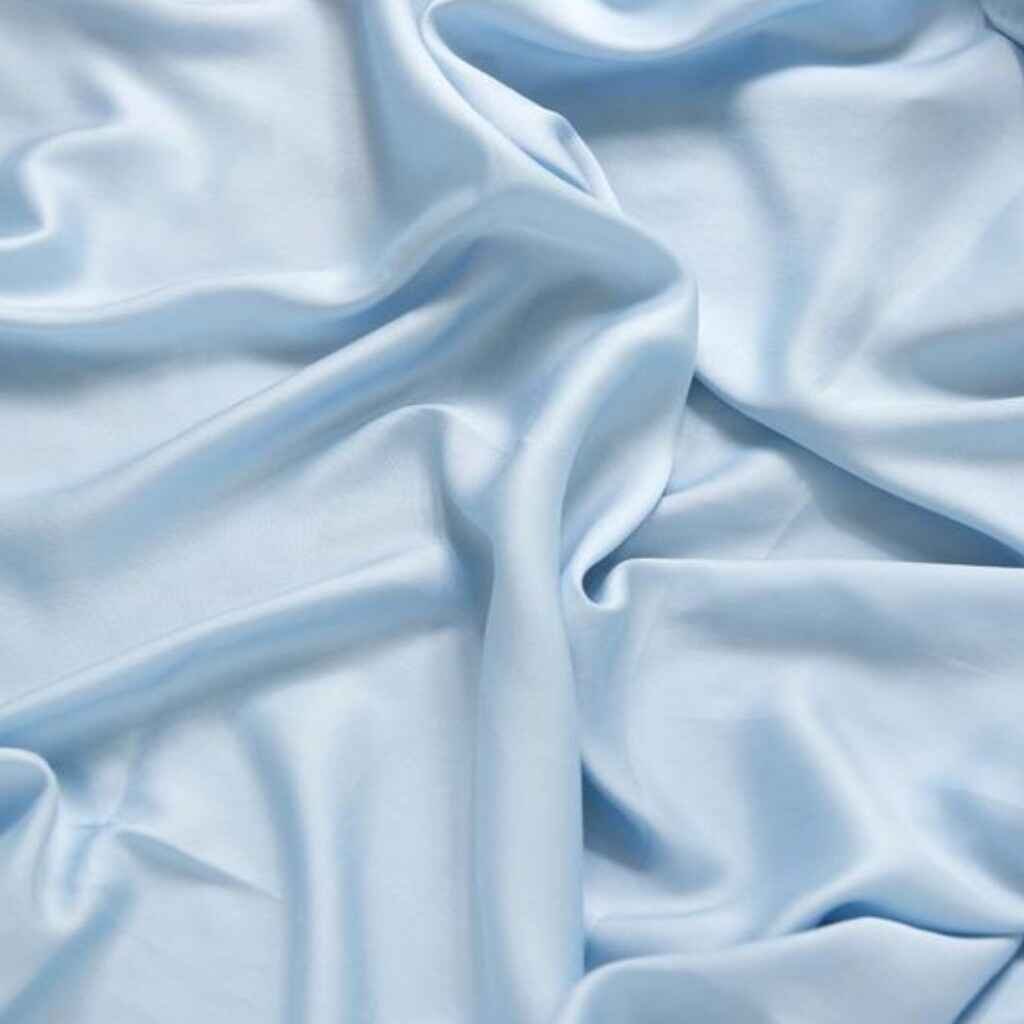
Explore the sustainability of Tencel (Lyocell) fabric, known for its low-impact production and eco-friendly qualities. Bamboo: Soft and Biodegradable
It’s a Mchine-made fibre, but unlike polyester and nylon, Tencel (also called Lyocell) is made from sustainably harvested wood pulp, which is mostly eucalyptus and beech and occasionally spruce. The production process is ‘closed loop’, so the solvents used in production are all recycled, which further minimises waste.
Key Features:
- Soft, smooth texture similar to silk
- Biodegradable and eco-friendly
- Produced using a closed-loop system that recycles water and chemicals
- Breathable and moisture-wicking
Tencel is a good option for those looking for a natural, plant-based fabric with performance and comfort benefits.

Experience the softness and biodegradability of bamboo fabric, a sustainable choice for eco-friendly textiles. Recycled Polyester: Reducing Plastic Waste
While polyester is a synthetic fibre derived from petroleum, recycled polyester (rPET) has a far lower environmental impact because it involves reusing plastic bottles and other post-consumer waste that would otherwise end up in landfills.
Key Features:
- Reduces plastic waste
- Energy-efficient production process
- Durable and long-lasting
- Can be recycled again, promoting circularity
While not inherently biodegradable, recycled polyester reduces the problem of plastic waste, and is a step in the right direction.
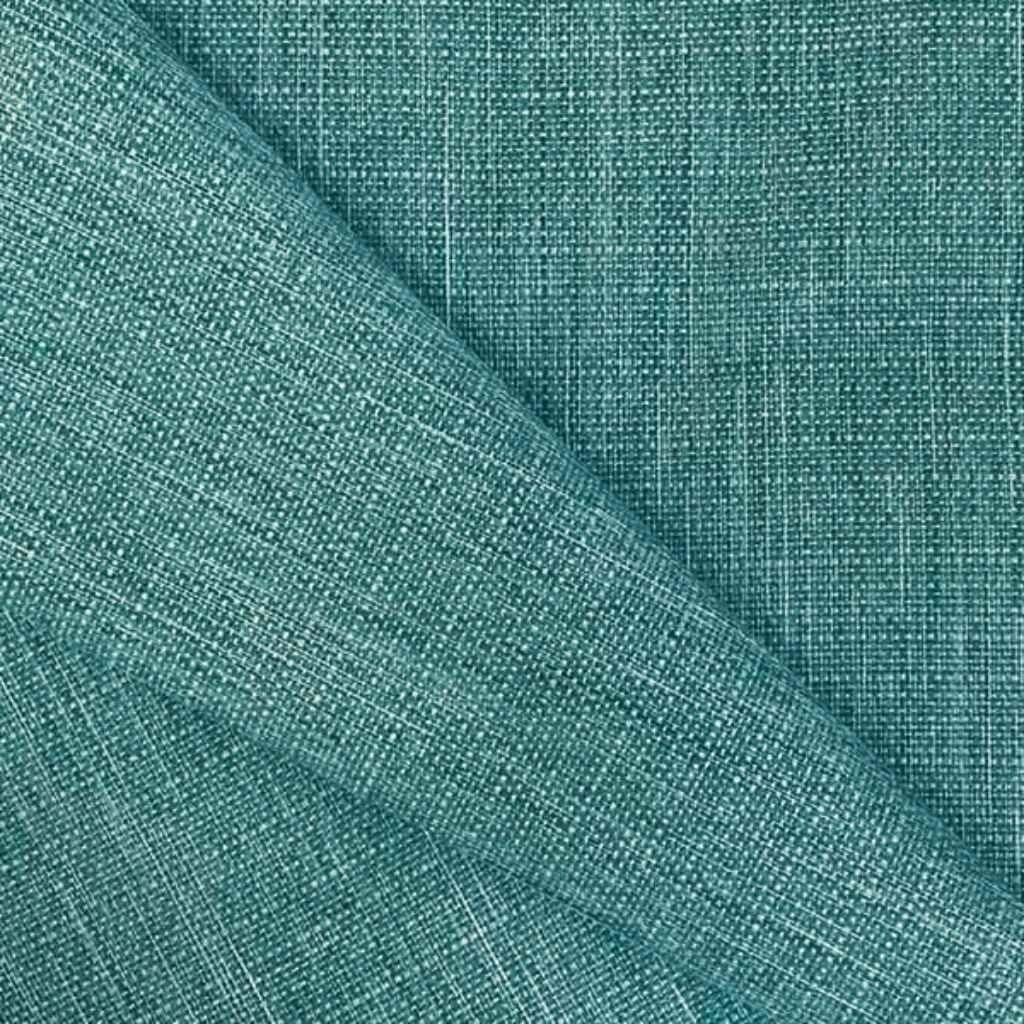
Discover the benefits of recycled polyester, a sustainable fabric solution that helps reduce plastic waste. Piñatax: Innovative and Cruelty-Free
Piñatex is a leather-like textile made from fibres extracted from pineapple leaf fibre, a waste product of pineapple agriculture.
Key Features:
- Cruelty-free and vegan
- Made from agricultural waste, reducing waste
- Durable and water-resistant
- Biodegradable and eco-friendly
Piñatex is being used as a vegan alternative to leather, particularly in bags, shoes and accessories.
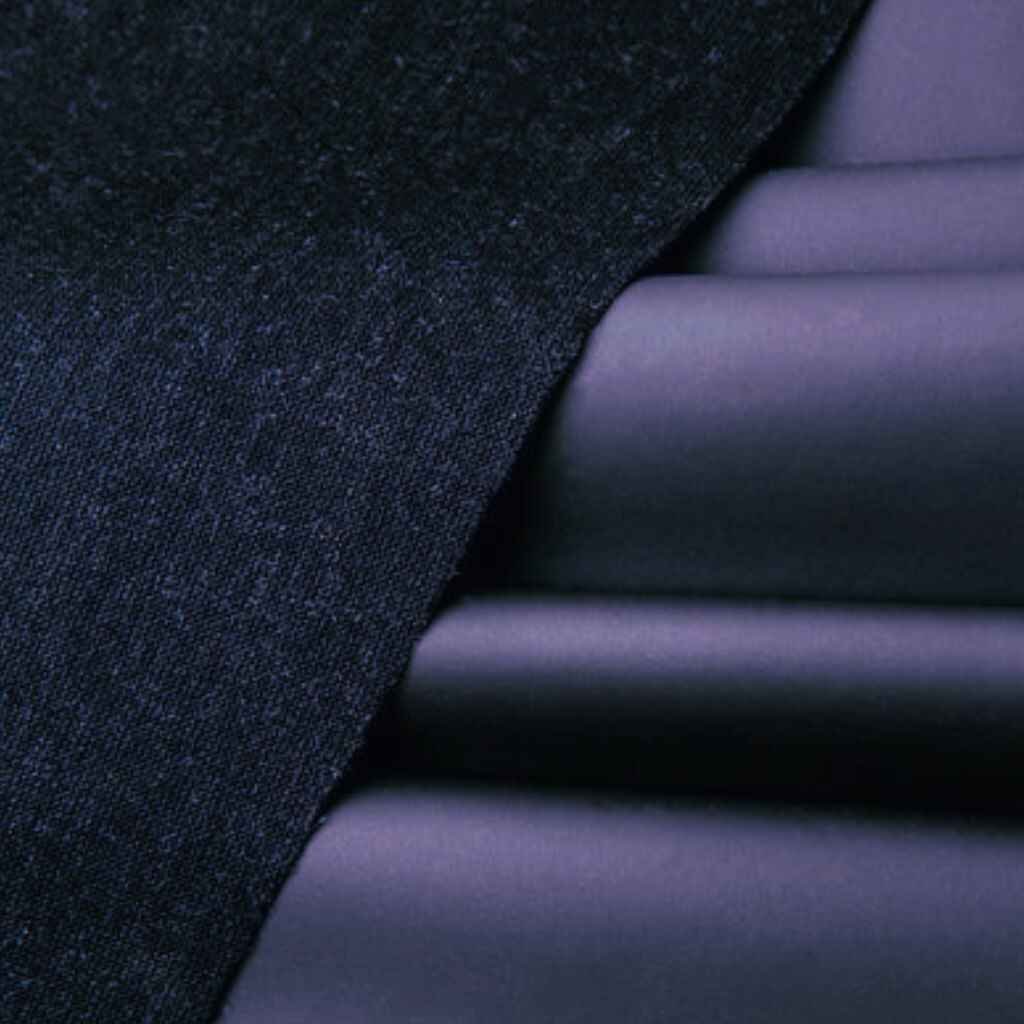
Explore Piñatax, an innovative and cruelty-free fabric made from sustainable resources. Econyl: Regenerated Nylon
Econyl is a brand of regenerated nylon produced by Aquafil, an Italian manufacturer. Conly nylon is made from those hard-to-dispose-of fishing nets as well as old fabric carpets and other nylon waste. Rather than dumping that waste in the ocean or burying it in landfills, Econyl transforms it into new, high-quality nylon fibres. According to the Econyl website, each ton of Econyl nylon ‘saves 70,000 litres of water, avoids the emissions of 65 tonnes of CO2 equivalent, and eliminates the need for 50 barrels of crude oil’.
Key Features:
- Made from recycled materials
- Strong and durable like traditional nylon
- Reduces waste and environmental pollution
- Can be recycled multiple times without losing quality
Econyl is particularly popular in swimwear and activewear due to its strength and versatility.
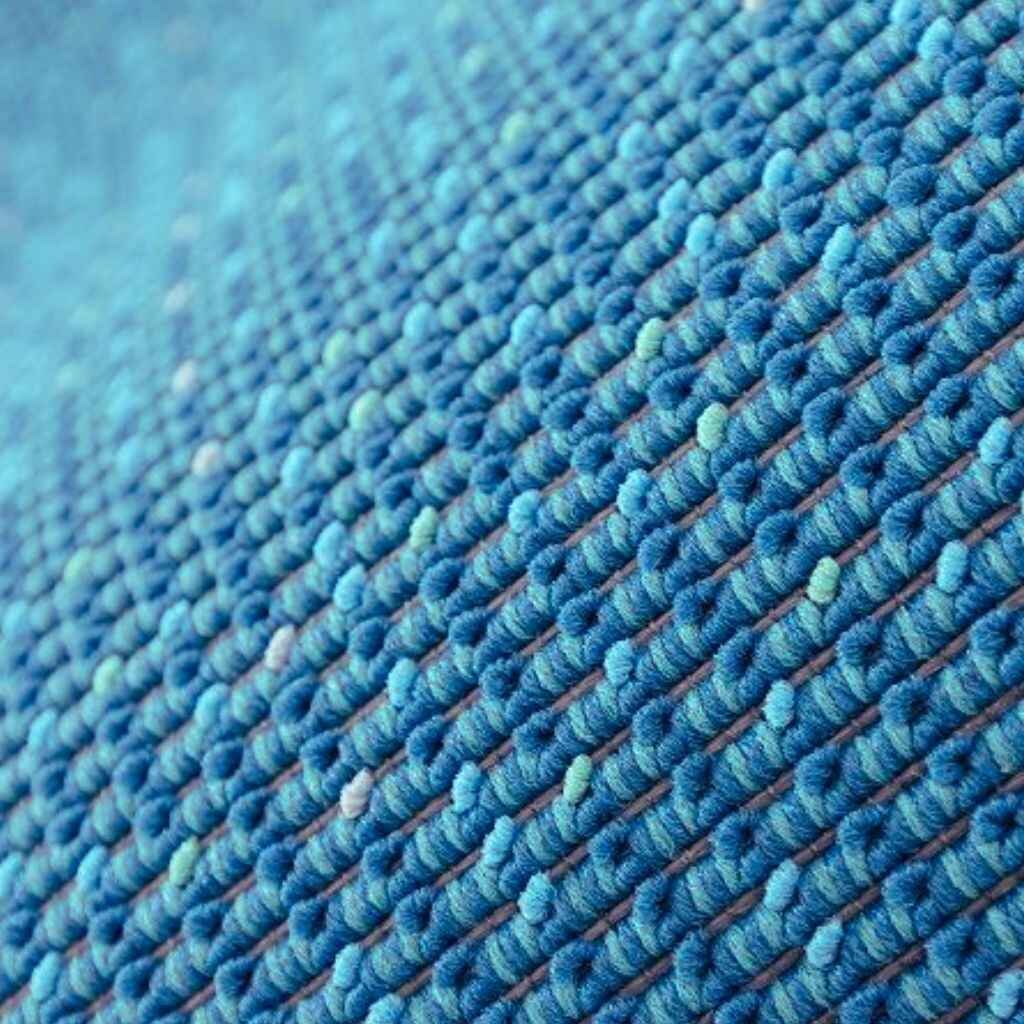
Discover Econyl, the innovative regenerated nylon made from recycled materials, offering a sustainable solution for fashion. Soy Fabric: A Plant-Based Alternative
‘Vegetable cashmere’, or soy fabric made from the collection of soy products such as lecithin, is another example of a vegan alternative to silk or wool.
Key Features:
- Soft, luxurious texture
- Derived from a renewable resource
- Biodegradable and eco-friendly
- Naturally moisture-wicking and breathable
Soy fabric is a sustainable, plant-based alternative to luxury garments without the ecological footprint of its traditional counterparts.
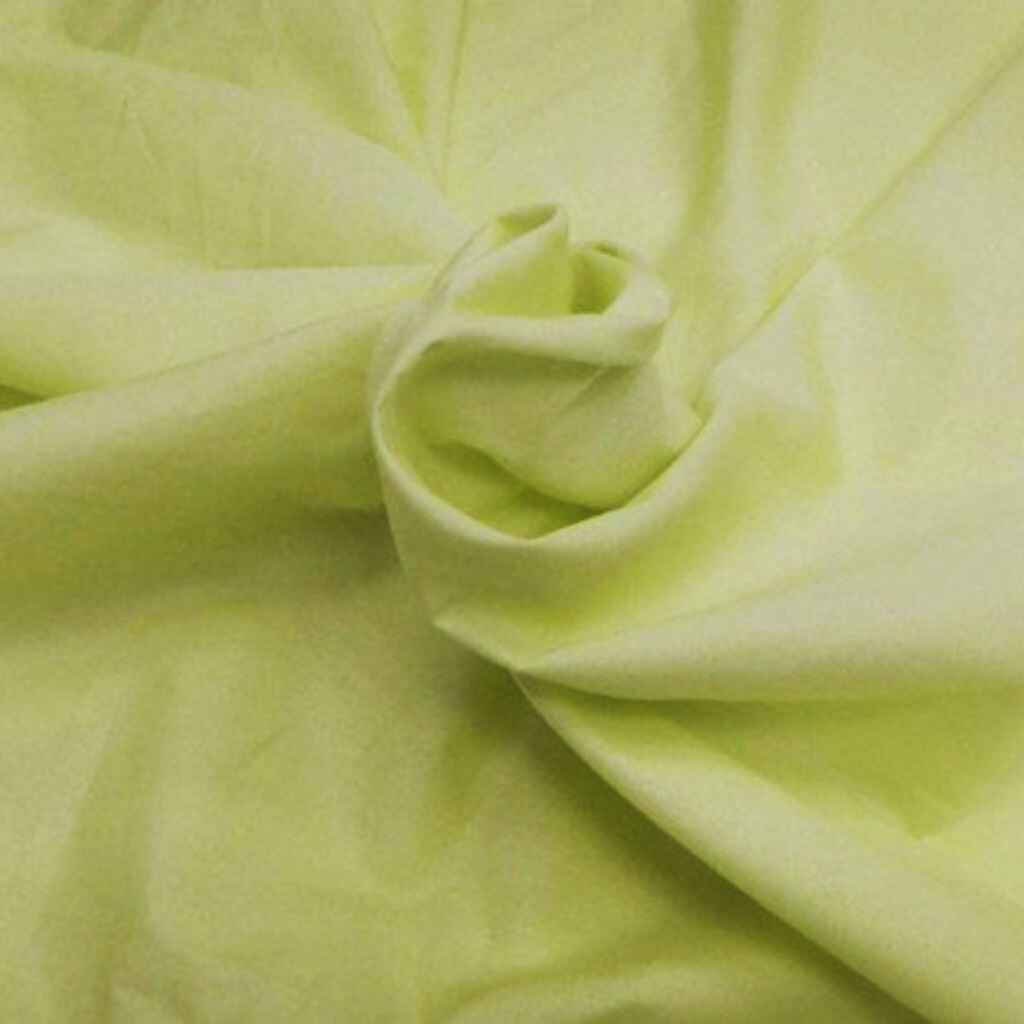
Explore soy fabric, a luxurious plant-based alternative that combines softness with sustainability. Cork Fabric: Water-Resistant material in the list of Sustainable fabrics
Cork fabric, made out of the bark of cork oak trees, is not only a 100 per cent renewable eco-friendly material, but cork trees are never felled when harvested. Not to mention that cork oak trees can easily live between 200 and 300 years, making it the most sustainable material on the planet. Cork fabric is also water-resistant and highly durable, making it an ideal fabric for bags and shoes.
Key Features:
- Water-resistant and durable
- Harvested without harming trees
- Lightweight and flexible
- Biodegradable and renewable
Cork fabric is an innovative, sustainable material that offers a stylish alternative to leather and synthetic fabrics.
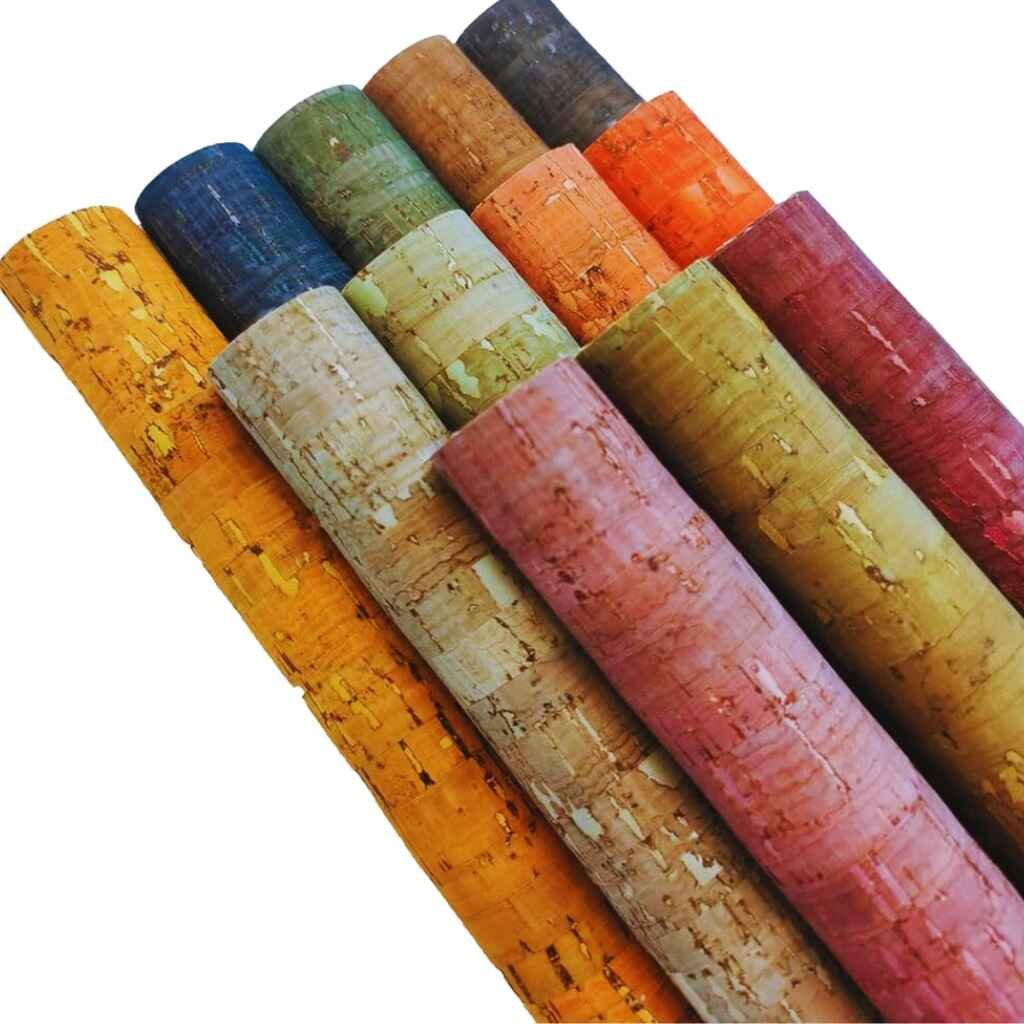
Discover cork fabric, a water-resistant and eco-friendly material perfect for sustainable fashion and accessories. The Importance of Sustainable Fabrics in Fashion
The fashion industry is one of the most polluting industries in the world. Moving to sustainable fabrics would dramatically decrease its carbon footprint. Sustainable textiles both conserve water and energy and decrease waste and pollution. They encourage fair labour, and protect biodiversity.
With the purchase of clothes made from the eco-friendly fabrics, we the consumers can initiate the change. This list of sustainable fabrics are now making their way into the market because of the rise in demand for natural fabrics. The fashion business is also taking into consideration the environmental impact of fashion. We all have a role to play in making fashion sustainable.
How to Identify Sustainable Fabrics in the Market
Like all things sustainable, more fabrics are being marketed as eco-friendly, but not all claims are true. To ensure you are voting with your wallet for sustainable choices, look for GOTS (Global Organic Textile Standard) certification for fabrics using organic fibres, OEKO-TEX for non-toxic fibres and Fair Trade certification for fabrics made using fair labour practices.
And, finally, look for information about the origin of the fabric, how it was produced, and whether it’s biodegradable or recyclable. An educated shopper is a smarter shopper.
Conclusion: Choosing the Best Sustainable Fabrics for a Greener Future
Sustainable fabrics are transforming fashion, and give today’s consumer an opportunity to make a difference by reducing their environmental footprint, whilst still enjoying beautiful, well-designed, quality clothing. Whether you choose organic cotton, hemp, Piñatex, Econyl or any other similar materials, you are taking a step forward in the right direction.
In knowing these fabrics and their characteristics, you can follow your style and fashion preferences but do so in a manner that is also conscious of your values about the environment. Fabrics sourced from a sustainable resource base can be a lot more than just planet-friendly; they can also be more comfortable, durable and design-enhancing. Read more recycled Fabric.
FAQs
Are sustainable fabrics more expensive?Sustainable fabrics can sometimes be more expensive due to the ethical labor and environmentally-friendly processes involved. However, their durability often means they last longer, offering better value over time.
What is the most sustainable fabric?There’s no one-size-fits-all answer, as different fabrics have unique benefits. Organic cotton, hemp, Tencel, and recycled materials like Econyl and rPET are all excellent sustainable options.
How do I care for sustainable fabrics?Sustainable fabrics often require gentle care to maintain their longevity. Wash them in cold water, avoid tumble drying, and use eco-friendly detergents to minimize your environmental impact.

